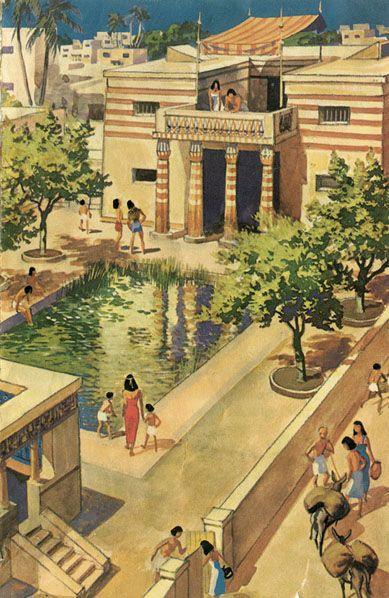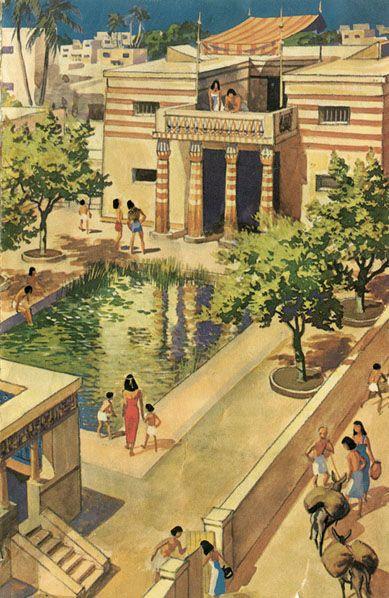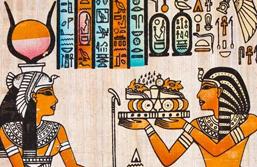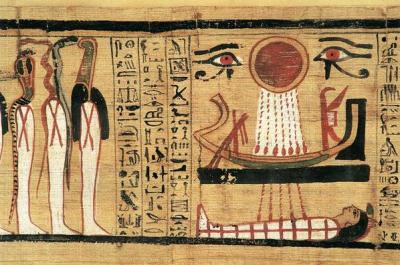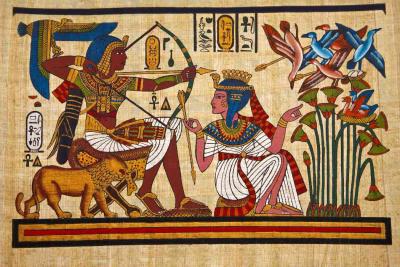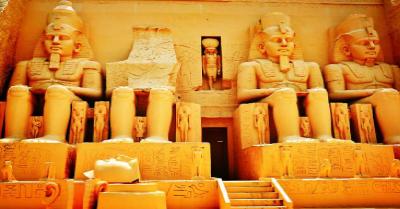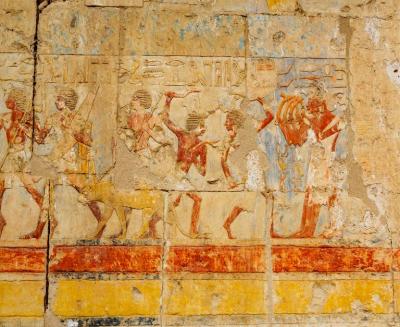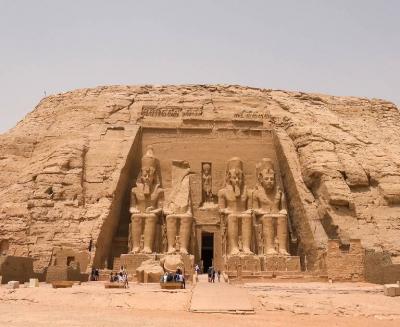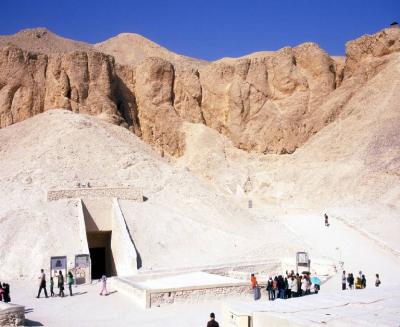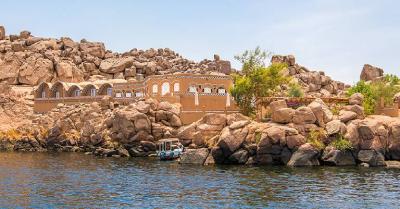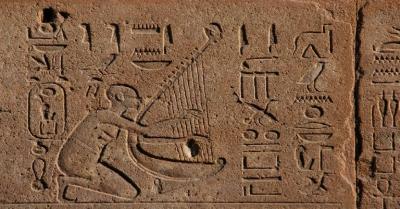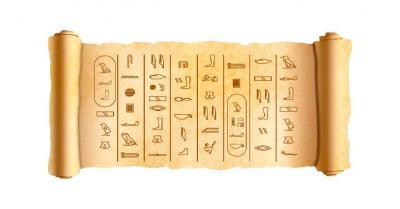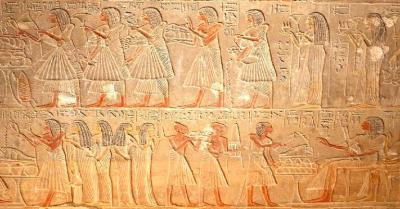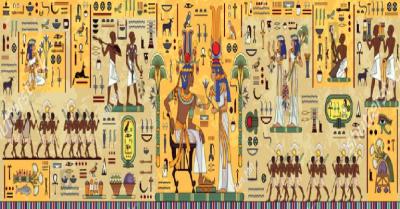Ancient Egypt
Egyptian Amulets
In ancient Egypt, this magical power was often derived from a combination of several aspects, such as the amulet’s shape, decoration, inscription, color, material, and words spoken over the piece or acts performed with it.
Ancient Egyptian civilization
Ancient Egyptian civilization left an indelible mark on history with its monumental achievements and advanced technology. With many of life’s necessities provided by the Nile.
Ancient Egyptian's houses
Ancient Egyptians had a pretty unassuming exterior, the houses could be decorated very lavishly depending on the socio-economic class.
Food in the Pharaonic era
The ancient Egyptians ate a wide variety of food. Their diet was low in fat, and rich in fiber and carbohydrates. The Nile gave Egypt fertile land which ensured an abundant and variable food supply. This resulted in a highly-diverse and complex cuisine.
Ancient Egyptian's Afterlife Beliefs
Death was considered a transitional period for ancient Egyptians. They thought that death is a mere stop to then pass to eternity. This was reflected in their beliefs and behavior.
Ancient Egyptian Art.
Egypt has been occupied for thousands of years and can be considered as the cradle of human civilization, the ancient Egyptian civilization was a very advanced one, who made advances in religion, medicine, and arts.
The Pharaoh in Ancient Egypt
The ancient Egyptian empire dominated almost all the regions in ancient near east for
about 5000 years.
Famous battles of Ancient Egypt
Since the beginning of man's existence, war and violence have always been a significant
part of the human society.
Famous Queens in Ancient Egypt
Unlike most civilizations of the ancient world, women were a crucial part of the ancient
Egyptian society; they were almost as important as the men.
Burial Ceremonies and Famous Egyptian Burial Sites
Funerals and other burial rituals was a very important event in ancient Egypt. It is believed that after death, the dead began their journey through the underworld to the hall of judgment, where they would be judged and, if found worthy, allowed to proceed into the afterlife.
Importance of River Nile in ancient Egypt
About five thousand years ago, various independent tribes that existed along the river
Nile united to form a single nation known as Egypt.
Ancient Egyptian Festivals
Ancient Egyptians were very social and religious people. They worshiped many gods and
goddesses and held these deities in high regard.
Precious metals and Gemstones used in ancient Egypt
Today, most people know of Ancient Egypt because of the great pyramid, the Egyptian
tombs, and probably the Egyptian gods.
Ancient Egyptian letters
Scholars, philosophers, and even archeologists have often referred to Egypt as the cradle
of civilization.
Ancient Egyptian Makeup
Though one might think that makeup and cosmetics are recent initiatives, evidence from
ancient Egypt shows that makeup has been in existence for more than 5000 years.
Ancient Egyptian Clothing
Ancient Egyptians valued cleanliness and personal hygiene. They believed that cleanliness was synonymous with holiness, so they took extra efforts to take care of their bodies, and one of the ways they did that was through their clothing.
Ancient Egyptian Icons
Ancient Egyptian civilization is one aspect of human history that has puzzled
archeologists and historians alike.


